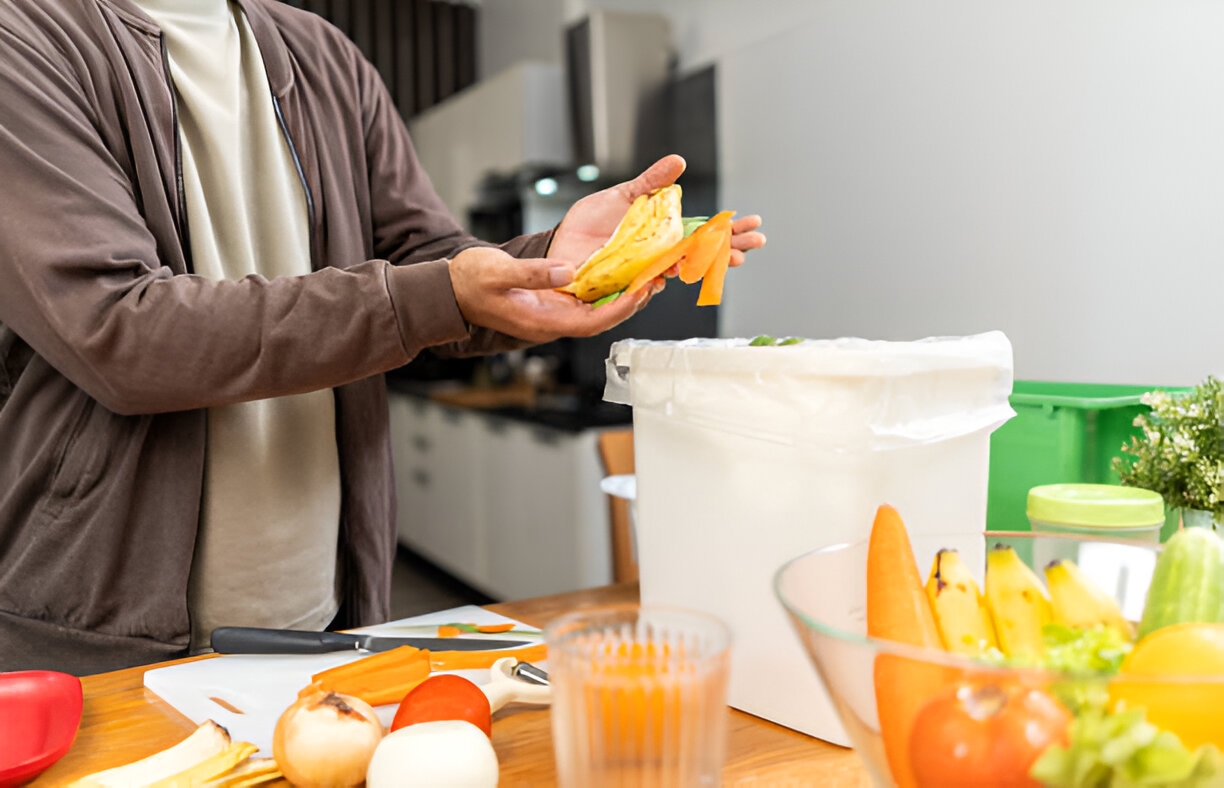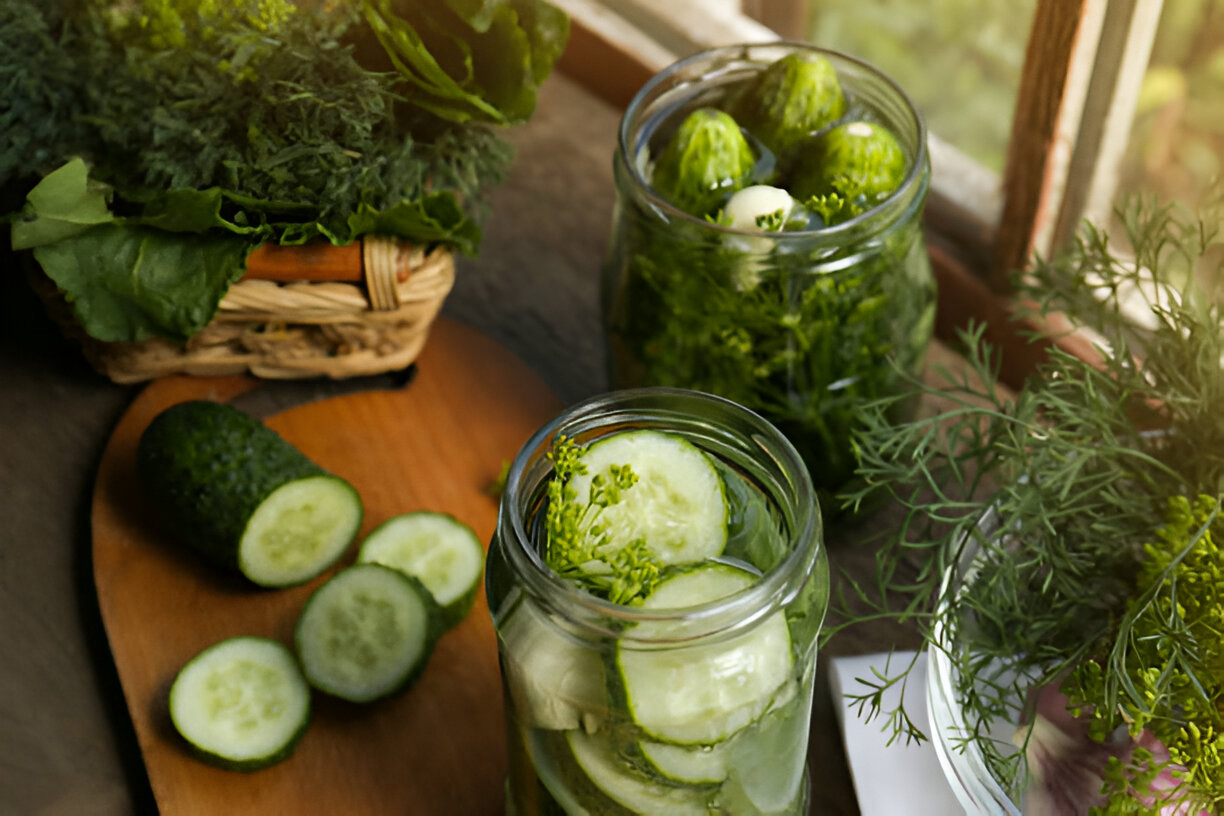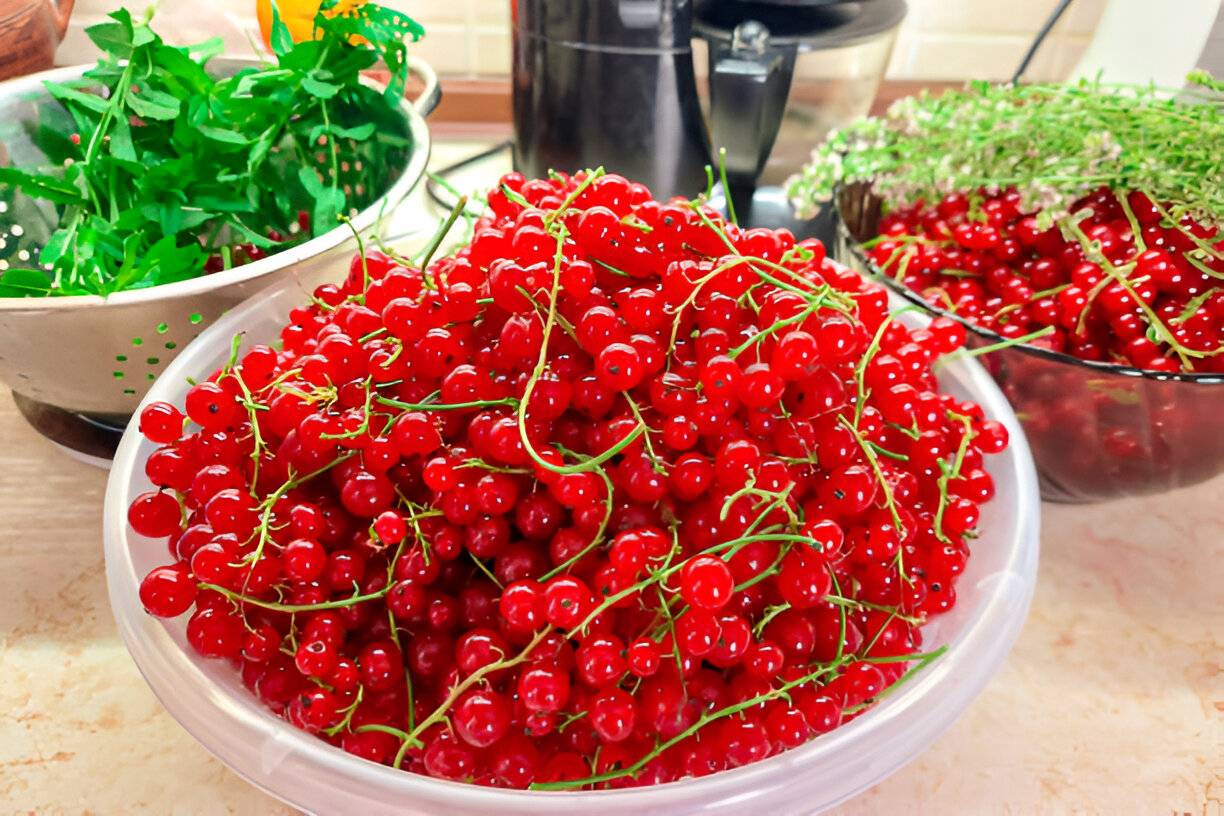
Behind all the fuss, I learned, lies the fact that today's food travels an average of 1,500 miles to get from farm to table. By eating locally, we could cut our carbon footprint (no long-haul trucking or air travel required), potentially support sustainable growing practices, and help out our own farming community. On a more basic level, food simply tastes better freshly picked.
Of course, we knew that local producers may or may not use pesticides. But since the cost of organic certification remains a prohibitive challenge for many small farms, at least by shopping locally, we would be close enough to the source to ask the right questions in person.
Finally won over by the evidence, Dave agreed to ditch the Popsicles and give it a try. To keep things easy for our first attempt, I suggested we pick the month of August, since it's the most bountiful time of year for the region's fruits and vegetables. With that decided, I jumped on the local bandwagon — and embarked on a mission to fully commit my Boston kitchen (and my husband) to a diet of foods grown or produced only in New England for a month.
The Game Plan
As it turned out, we were already off to a strong start. I shopped at farmers' markets regularly, and we're also members of a meat CSA, or farm share, which brings us 10 pounds of locally raised beef, pork, lamb, or poultry every month. (You can find similar programs at localharvest.org.) A quick Google search of locally sourced foods led us to a nearby family-run market that sells homegrown butter, salt, honey, and produce, as well as a free-range poultry farm 15 miles away.
But before we could even take a bite out of our first local tomato, we hit a stumbling block. How could we live without olive oil? Or coffee, for that matter? So we made a few exceptions to the rules, keeping oil, spices, and our morning brew in our repertoire. I'd look for coffee brands roasted in Massachusetts. We'd swap out sugar for local honey — and for everything else, we'd either find it, figure out how to live without it (goodbye, lemons), or cut way back on it, as in the case of Dave's morning Dunkin' Donuts fixation and our restaurant outings (once a week for both).
To make up for the occasional bags of vending-machine potato chips I'm sure he snuck in at work, I planted a few cucumber and tomato plants in a container out back and basil, mint, and rosemary in pots indoors.




















